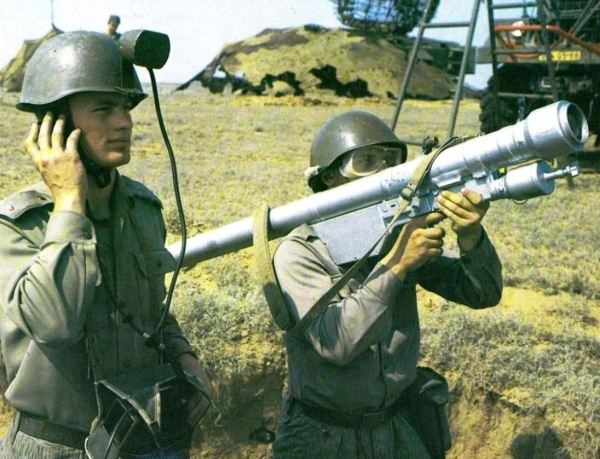So an ATC radar site will have an IFF interrogator that constantly transmits to integrate military aircraft? Is IFF on 1030 MHz as well?
How does the F-22 Raptor or anly other jet for that matter use this IFF? I know the signal is encrypted but couldn't the mere fact that there is a RF signal be sent would indicate where the jet is at to the enemy?
Edit- I think I just figured it out. The ping is so fast that by the time the enemy sees a blip of RF energy the friendly is far away from that position. But that still gives away an approximate position, doesn't it?
You don't suppose a military aircraft, or civilian for that matter, would have the ability to shut off an IFF system? Or the system might have a selective ability to respond?
However, yes, IFF emissions have been exploited in the past to help target / find aircraft. For example, the SA-7/14 IR guided MANPAD operator had the ability to fit a supplemental passive RF antenna and headphones setup to his helmet, tracking RF emissions, including IFF, from potential targets.
With IFF the interrogation pulse is on 1030 MHz, the reply from the target is on 1090 MHz. There are multiple modes of operation defined, Mode 1, 2, 3/A, 4, and 5. Modes 1, 2, 4, and 5 are military only. Mode 4 and 5 are encrypted and have the ability to respond ONLY when interrogated by friendly forces. Going a bit further some modes can respond to only interrogations that the user sets as authorized, so not even all friendly military have the ability to get a response. And there is an additional Mode 5 encrypted mode called "lethal interrogation" that can be used as the final step before a hard kill, to try and prevent blue on blue issues.
And then there is basic EMCON (EMissions CONtrol), only turning such give away signals on when you want them on. Combine Mode 4 and 5 with EMCON and you have a pretty good ability to control who might be able to detect an IFF signal.
And no, the pulse is not so fast that it is not usable to the enemy. At the simplest level, if a pulse can be used by friendly's it can be equally used by enemies. And IFF response pulses travel at the speed of light, the aircraft cannot move far before the pulse is received.
T!


